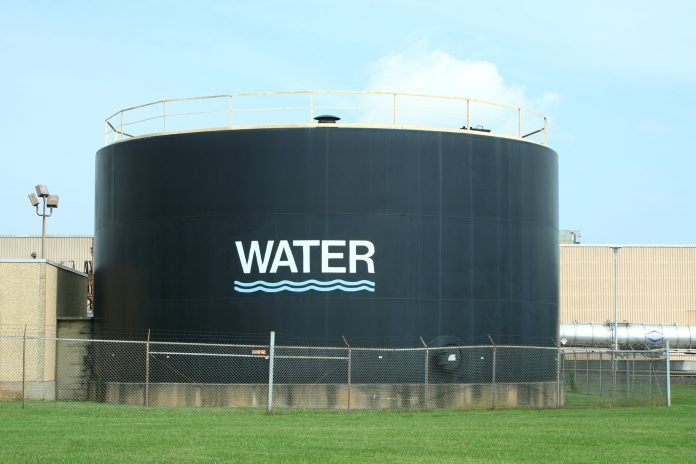Planning to add a new fuel storage tank to your existing facility? Have you decided what type of liners to place in your tank yet?
If you still need to, you will need to read our guide on the different types of tank liners on the market to make an informed decision.
In this article, we’ll go over everything you need to know about the common liner materials available. This will help you determine exactly what material you need for a specific project.
Polyethylene Liners
Polyethylene is a thermoplastic material widely used for its durability and chemical resistance. It’s a popular choice for lining tanks that store water, chemicals, and other liquids.
Polyethylene liners are available in various thicknesses, from 20 to 100 mils, and can be custom-fabricated to fit any tank size or shape. They are lightweight and easy to install, making them a cost-effective option for many applications. Polyethylene liners also have a long lifespan and resist punctures, tears, and UV rays.
PVC Liners
PVC (polyvinyl chloride) is a type of plastic highly resistant to chemicals, UV rays, and temperature changes. It’s ideal for lining tanks that store aggressive chemicals, oils, and acids.
PVC liners are available in thicknesses ranging from 20 to 60 mils. They can be custom-fabricated to fit any tank size or shape. They are easy to install and have a long lifespan, making them a cost-effective option for many applications.
EPDM Liners
EPDM (ethylene propylene diene monomer) is a synthetic rubber material that is highly flexible and durable. It’s commonly used for lining tanks that store water, but it’s also suitable for lining tanks that store chemicals and oils.
EPDM liners are available in thicknesses ranging from 30 to 60 mils. They can be custom-fabricated to fit any tank size or shape. They resist punctures, tears, UV rays, and extreme temperatures. EPDM liners also have a long lifespan and are easy to install.
Butyl Liners
Butyl is a synthetic rubber material highly resistant to chemicals and UV rays. It’s commonly used for lining tanks that store water, chemicals, and oils.
Butyl liners are available in thicknesses ranging from 30 to 60 mils. They can be custom-fabricated to fit any tank size or shape. They are highly flexible, making them ideal for tanks with complex shapes.
Fiberglass Liners
Fiberglass is a composite material made of glass fibers and resin. It’s highly durable and corrosion-resistant, ideal for lining tanks that store aggressive chemicals, acids, and solvents.
Fiberglass liners are available in various thicknesses, from 60 to 120 mils, and can be custom-fabricated to fit any tank size or shape. You can also discover more here if you want to get the best tank liner for your needs!
Learn More About the Different Types of Tank Liners
The types of tank liners vary from highly-durable coatings to resilient, flexible membranes; the best option depends on the contents and maintenance requirements of the tank.
Researching the options available and considering the necessary factors can ensure your tank is adequately protected. Contact a specialist today if you need help with the best tank liner options.
Did you learn something new from this article? If so, be sure to check out our blog for more educational content.

